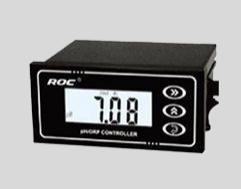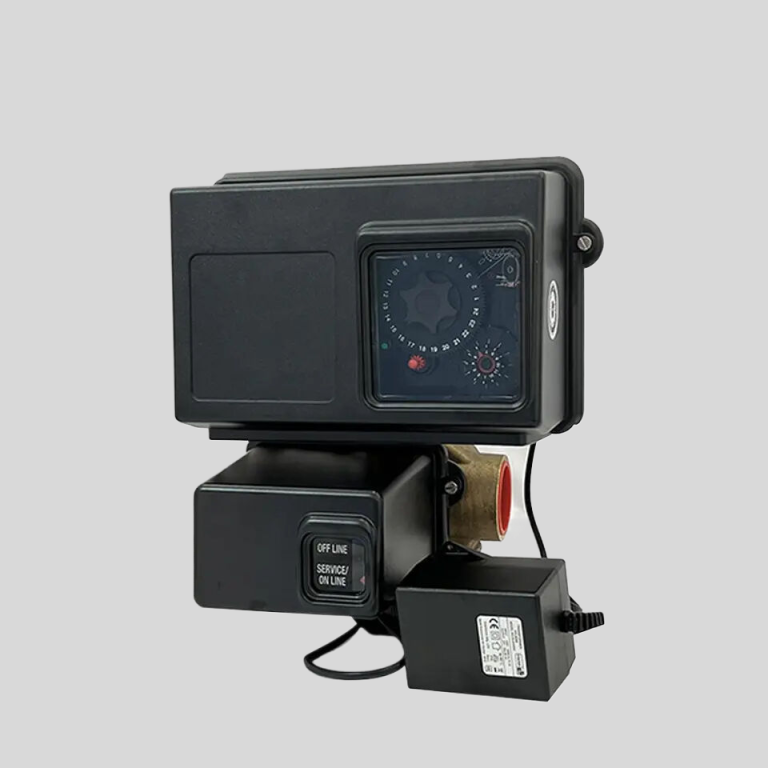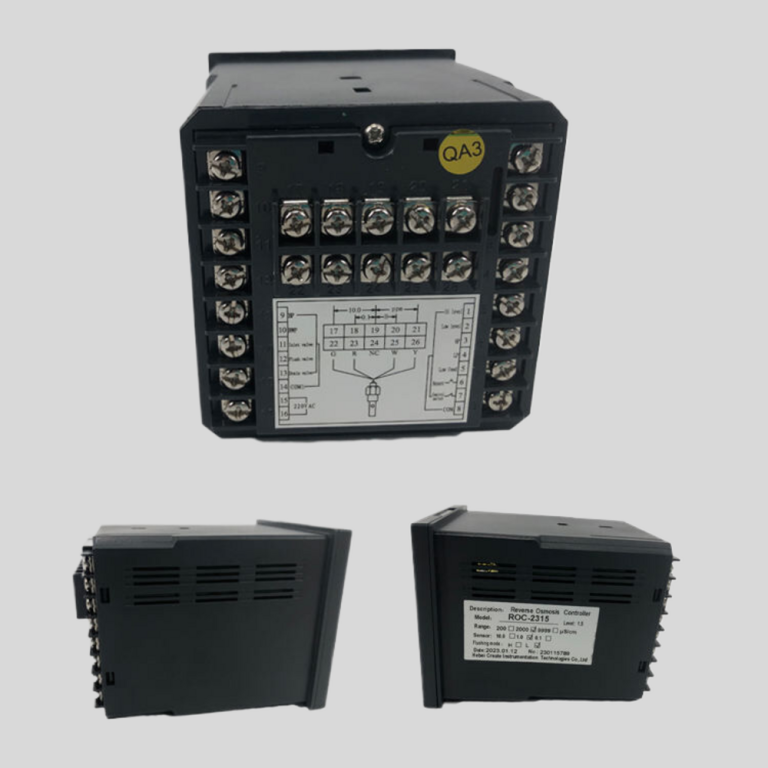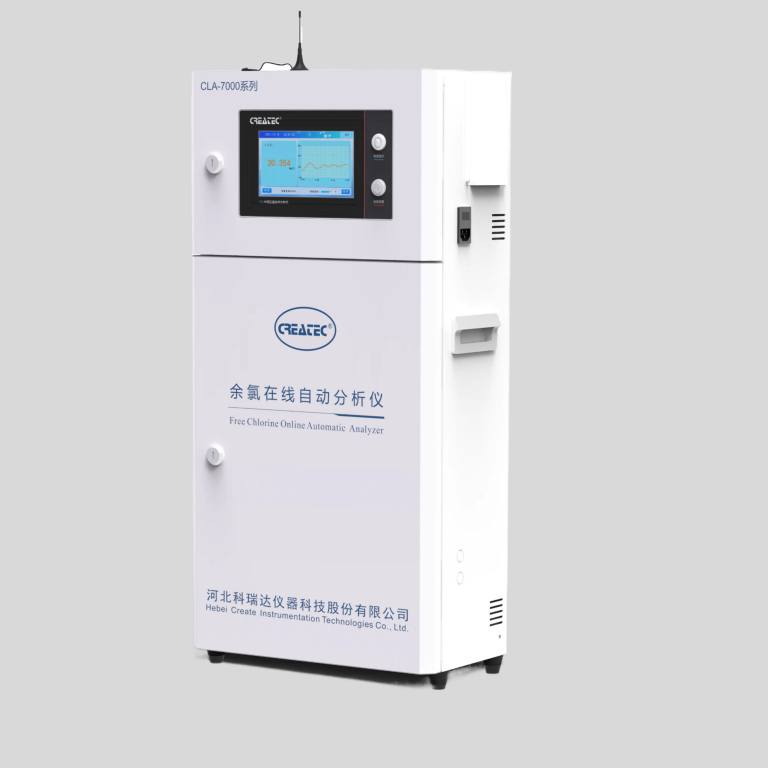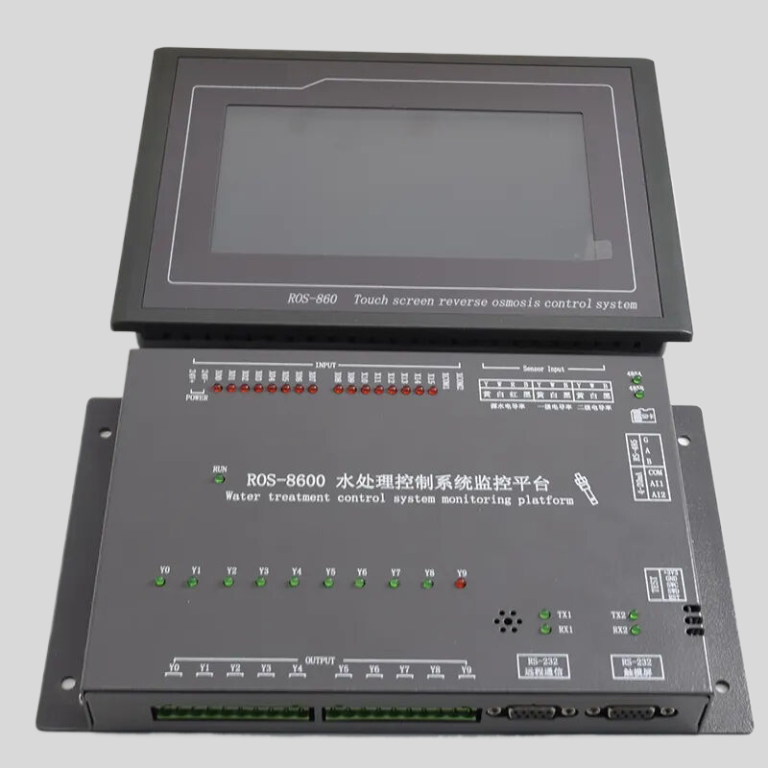Understanding the Working Principle of Water Flow Sensors
Water flow sensors are essential devices used in various industries to measure the flow rate of water in a system. Understanding the working principle of these sensors is crucial for ensuring accurate and reliable measurements. In this article, we will delve into the intricacies of how water flow sensors work and the factors that influence their performance.
| Model | EC-810 Conductivity/resistivity controller |
| Range | 0-200/2000/4000/10000uS/cm |
| 0-20/200mS/cm 0-18.25M\u03a9 | |
| Accuracy | Conductivity:1.5%;\u00a0 Resistivity:2.0%(FS) |
| Temp. Comp. | Automatic temperature compensation based on 25\u2103 |
| Oper. Temp. | Normal 0\uff5e50\u2103; High temp 0\uff5e120\u2103 |
| Sensor | 0.01/0.02/0.1/1.0/10.0cm-1 |
| Display | LCD Screen |
| Current Output | 4-20mA output/2-10V/1-5V |
| Output | High/Low limit dual relay control |
| Power | AC 220V\u00b110% 50/60Hz or AC 110V\u00b110% 50/60Hz or DC24V/0.5A |
| Working Environment | Ambient temperature:0\uff5e50\u2103 |
| Relative humidity\u226485% | |
| Dimensions | 96\u00d796\u00d7100mm(H\u00d7W\u00d7L) |
| Hole Size | 92\u00d792mm(H\u00d7W) |
| Installation Mode | Embedded |
At the heart of a water flow sensor is a mechanism that detects the movement of water through a pipe or channel. There are several types of water flow sensors available, each utilizing different technologies to measure flow rate. One common type is the turbine flow sensor, which consists of a rotor with blades that spin as water flows through the sensor. The speed of the rotor is directly proportional to the flow rate of water, allowing for accurate measurement.
Another type of water flow sensor is the electromagnetic flow sensor, which uses Faraday’s law of electromagnetic induction to measure flow rate. In this sensor, a magnetic field is applied to the flowing water, and electrodes measure the voltage generated as the water passes through the field. The voltage is directly proportional to the flow rate, providing an accurate measurement of water flow.
Ultrasonic flow sensors are also commonly used in water flow measurement. These sensors use ultrasonic waves to measure the velocity of water flowing through a pipe. By measuring the time it takes for ultrasonic waves to travel upstream and downstream, the sensor can calculate the flow rate of water. Ultrasonic flow sensors are non-invasive and can be easily installed without disrupting the flow of water.
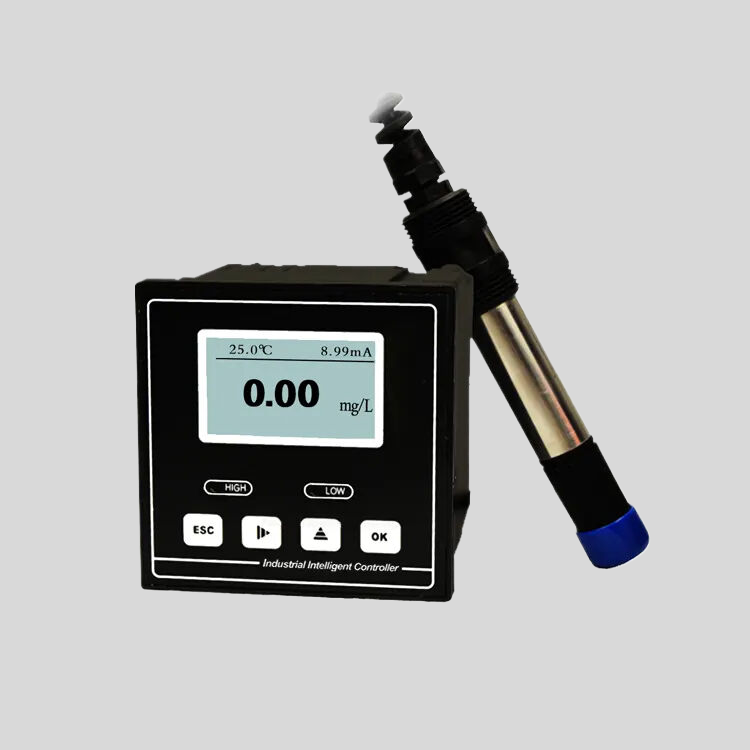
In addition to measuring flow rate, water flow sensors can also provide valuable data on the total volume of water passing through a system over a period of time. This information is crucial for monitoring water usage, detecting leaks, and optimizing the efficiency of water distribution systems. By understanding the working principle of water flow sensors, industries can make informed decisions to improve water management practices.
In conclusion, water flow sensors play a vital role in measuring the flow rate of water in various applications. By utilizing different technologies such as turbine, electromagnetic, and ultrasonic sensors, these devices provide accurate and reliable measurements. Factors such as water properties and environmental conditions can influence the working principle of water flow sensors, highlighting the importance of regular calibration. With a thorough understanding of how water flow sensors work, industries can optimize water management practices and ensure efficient use of this precious resource.

